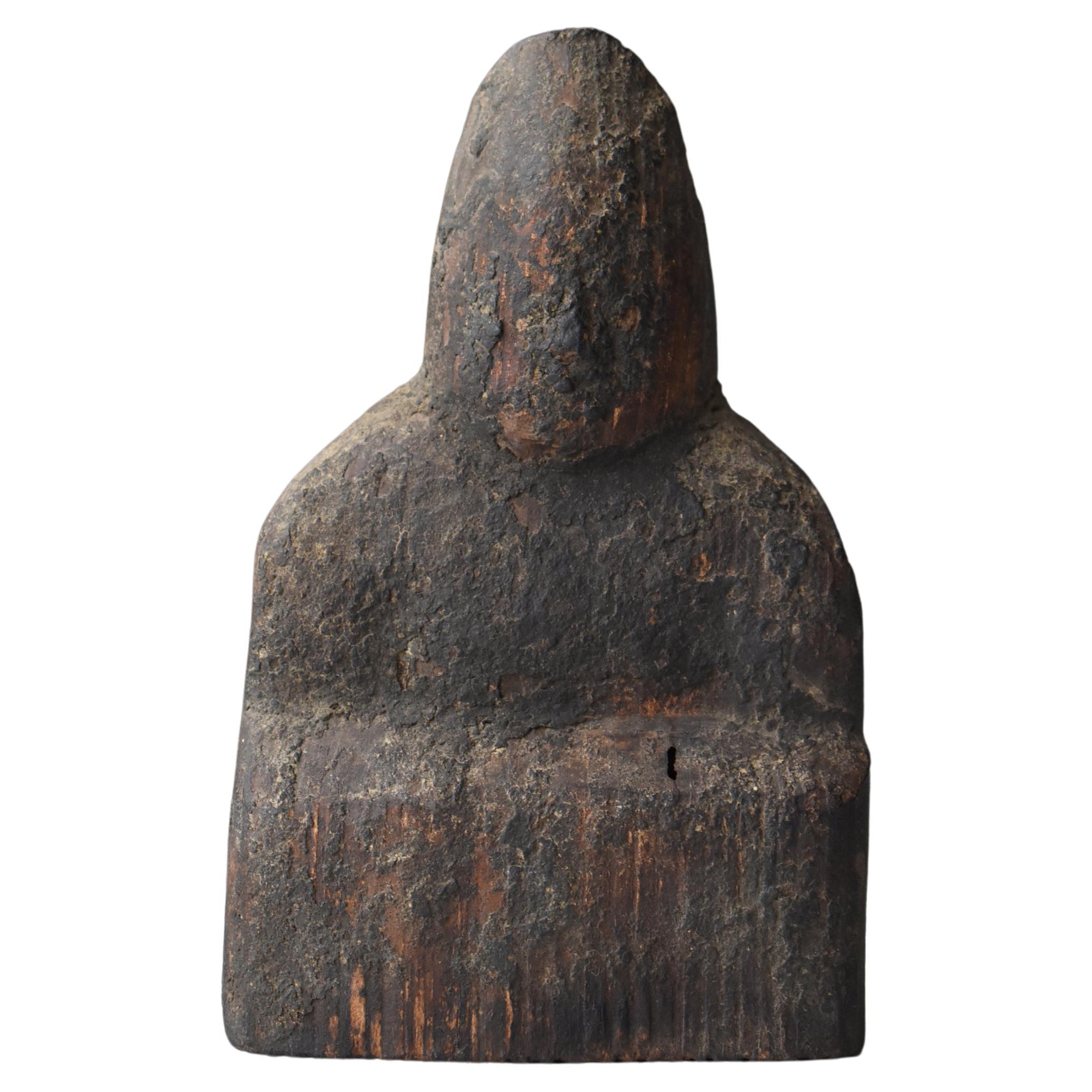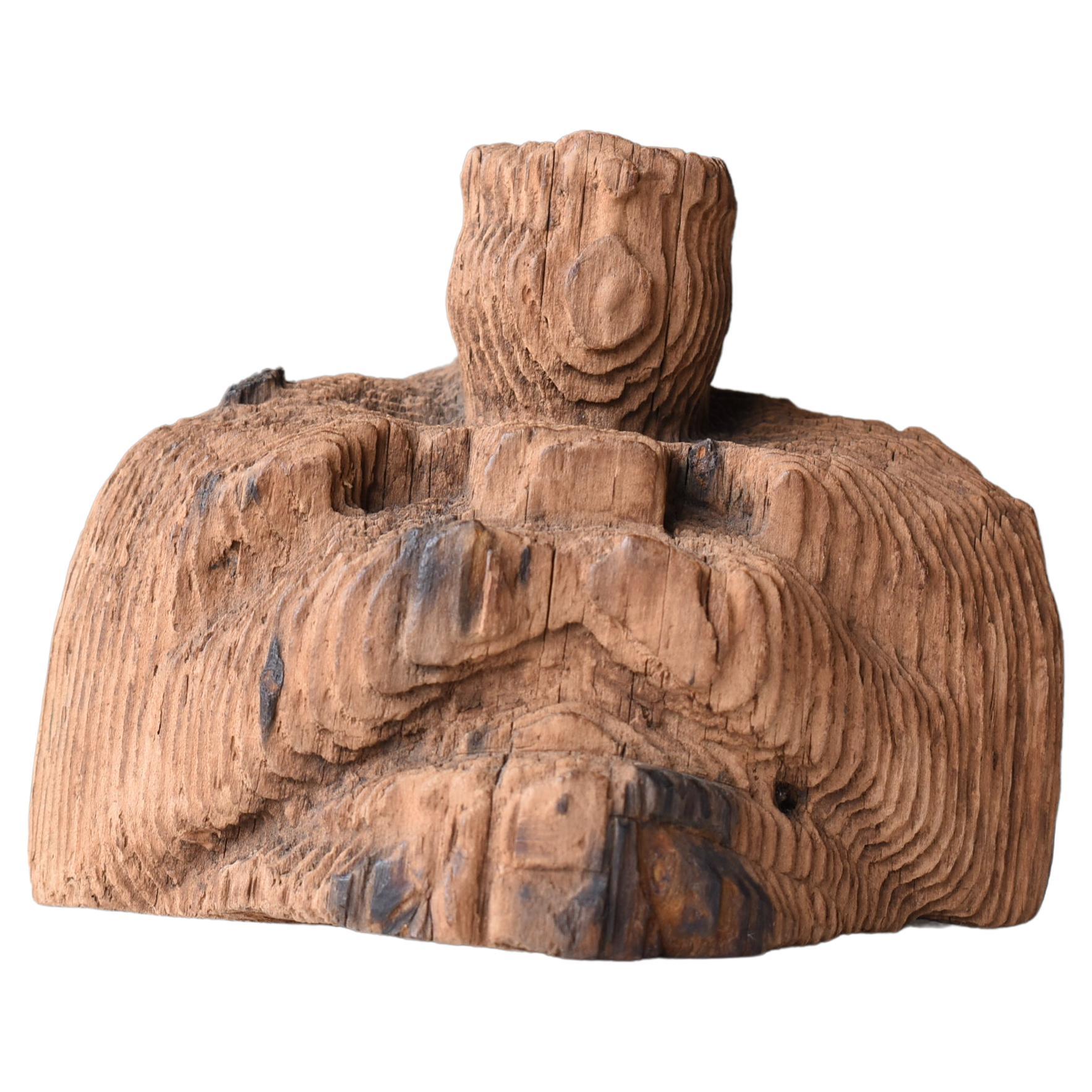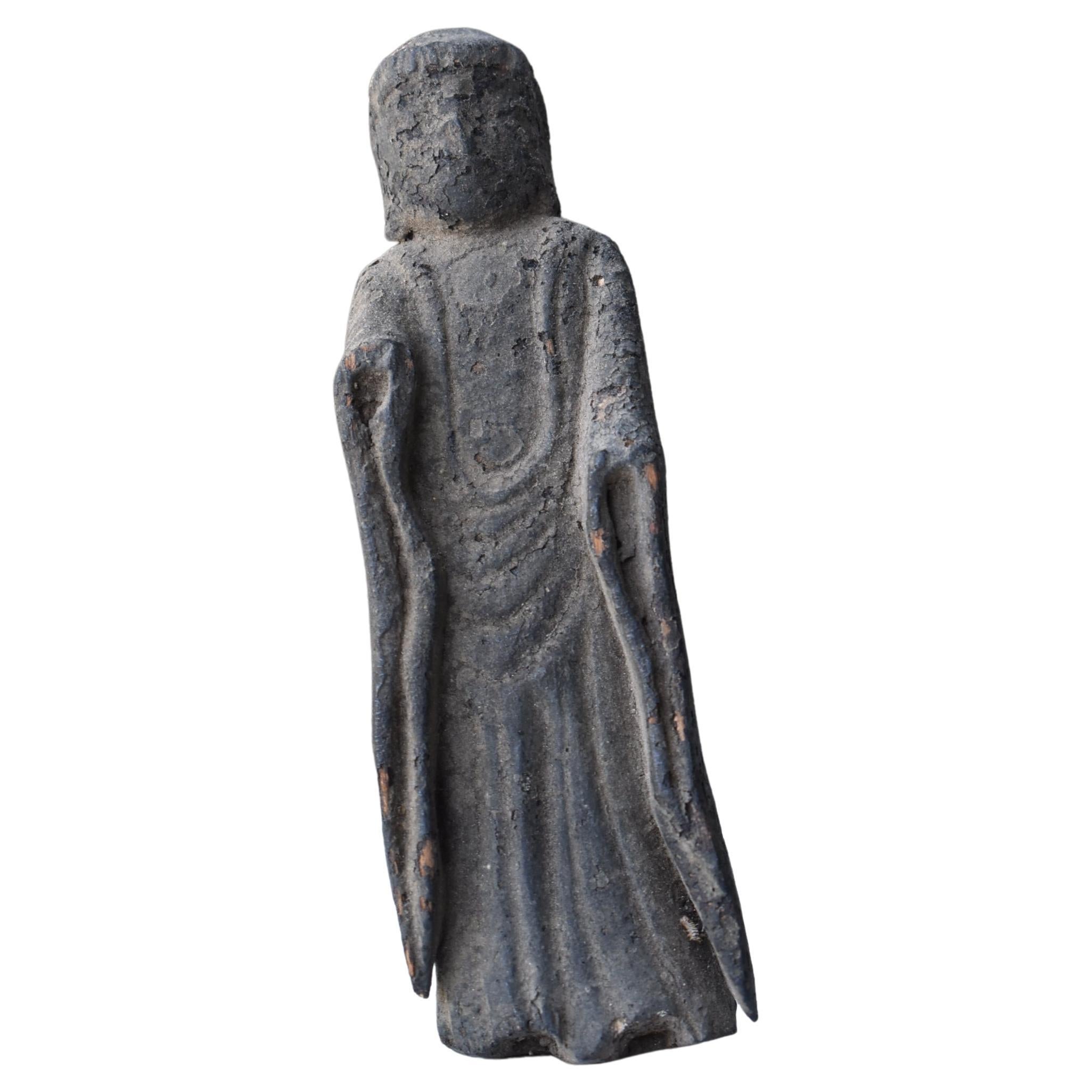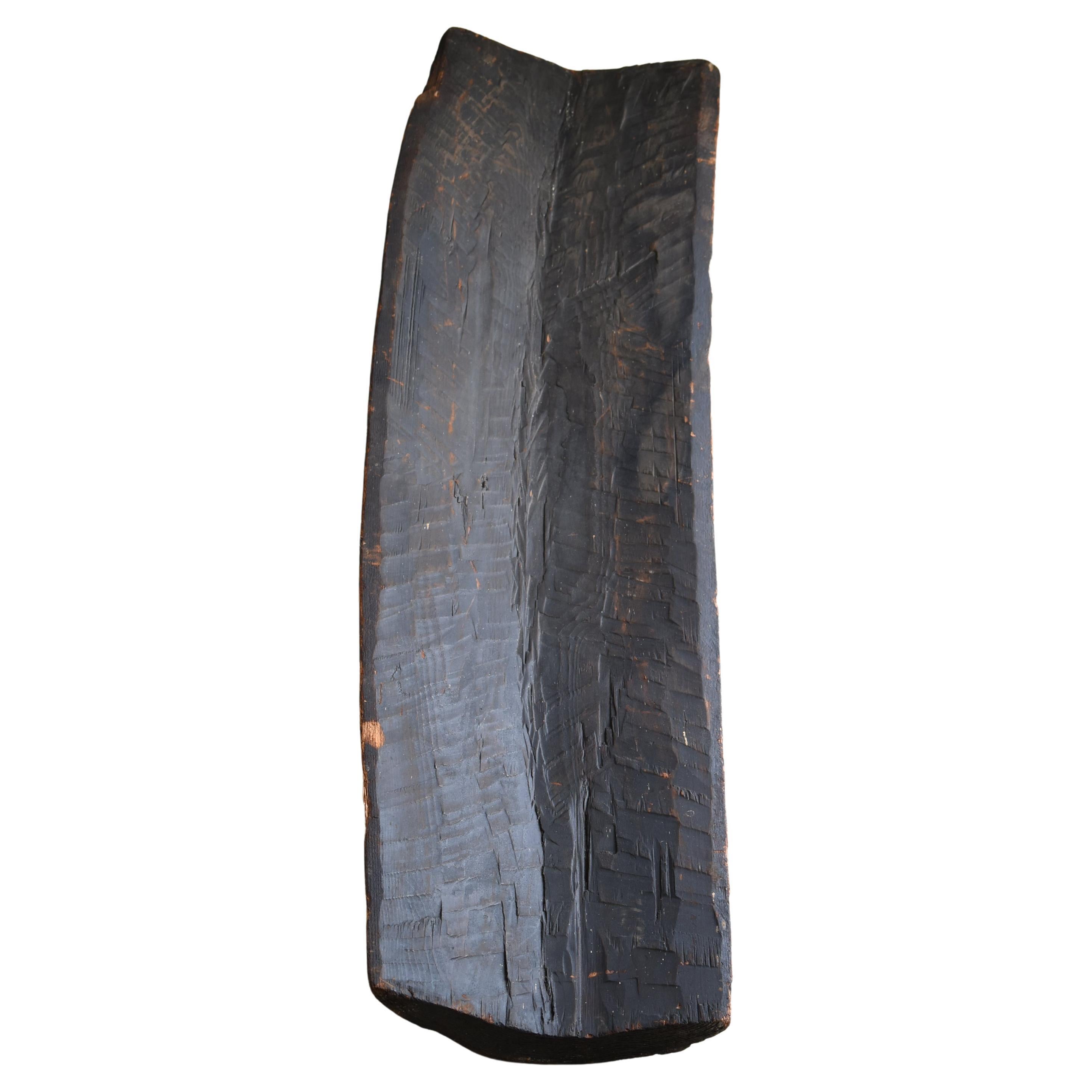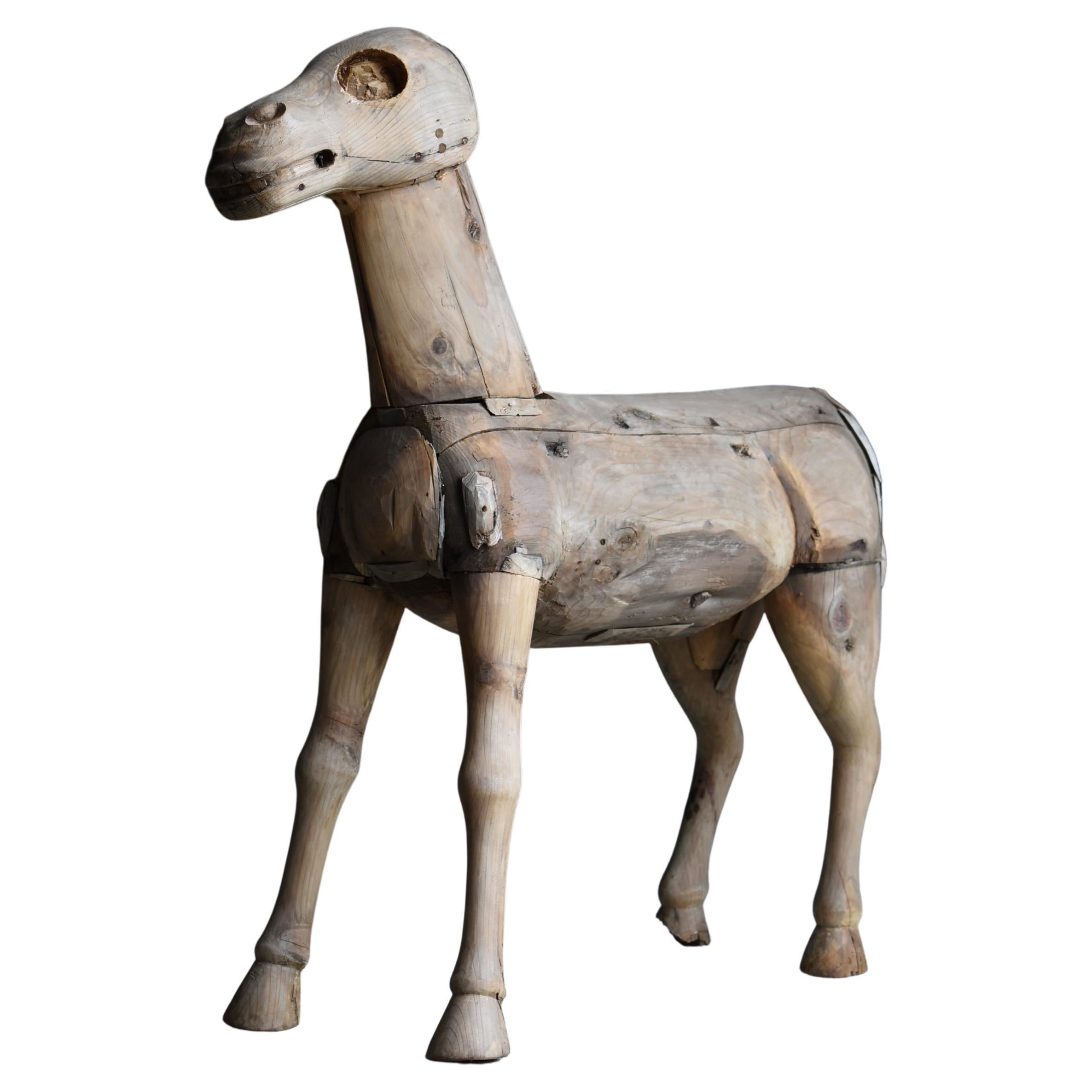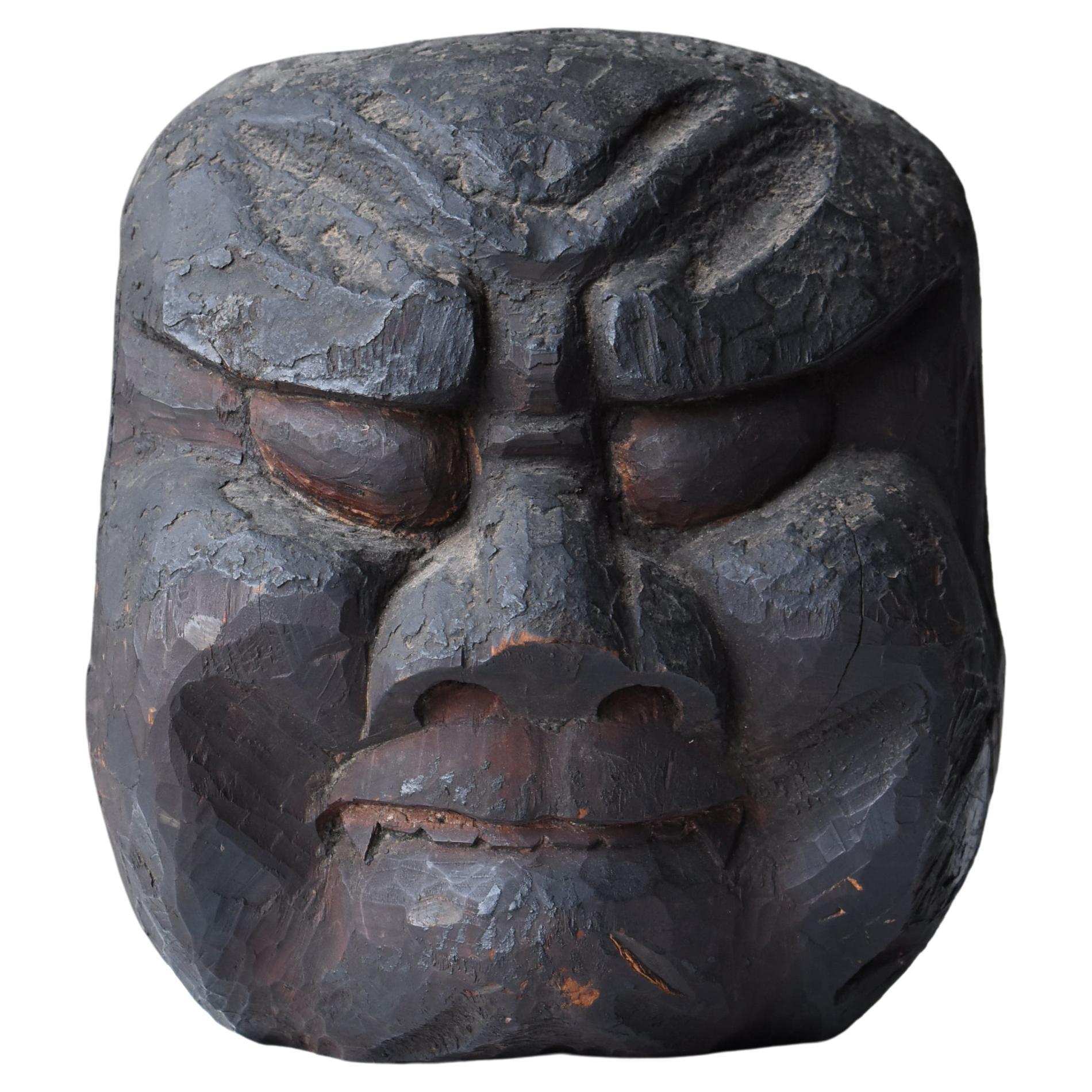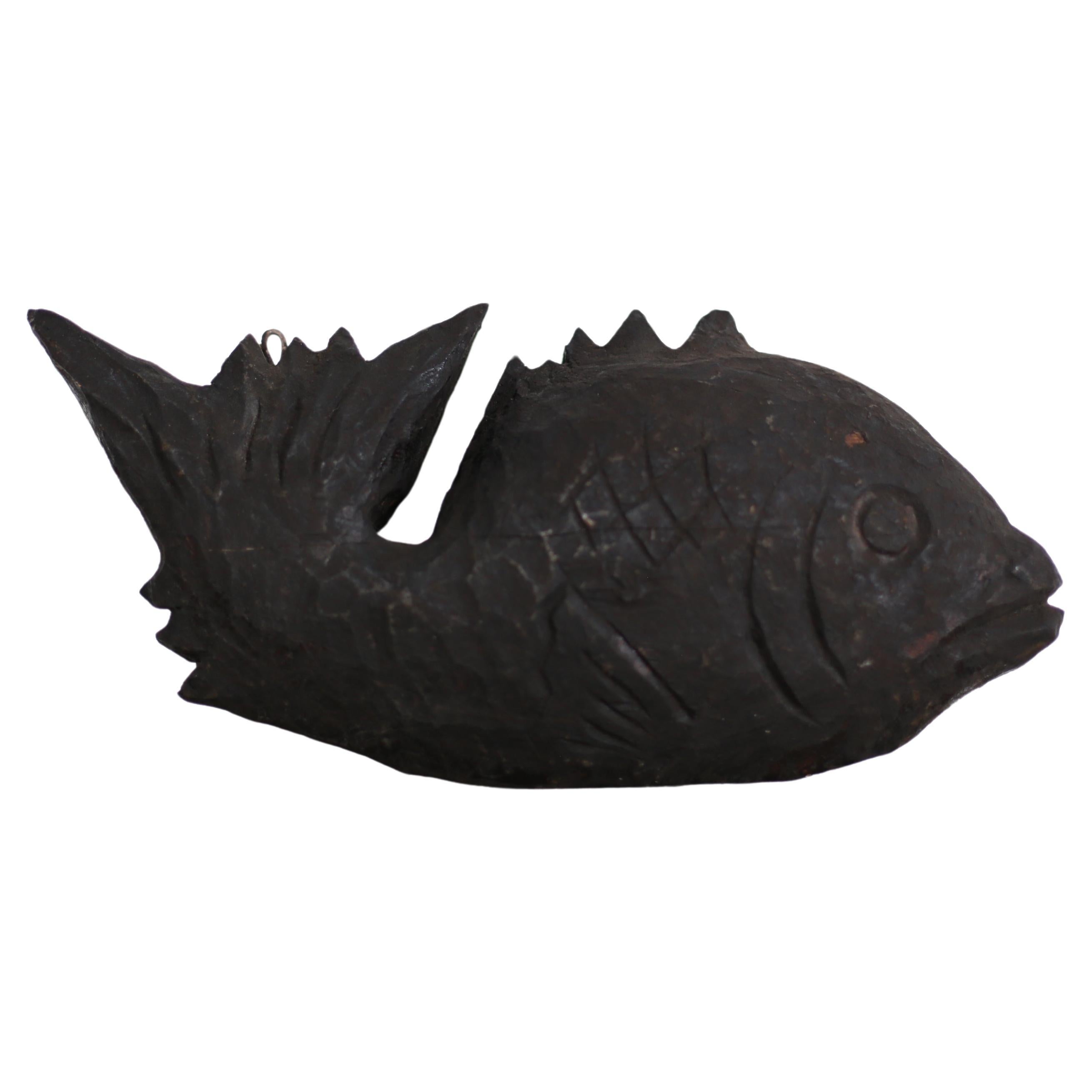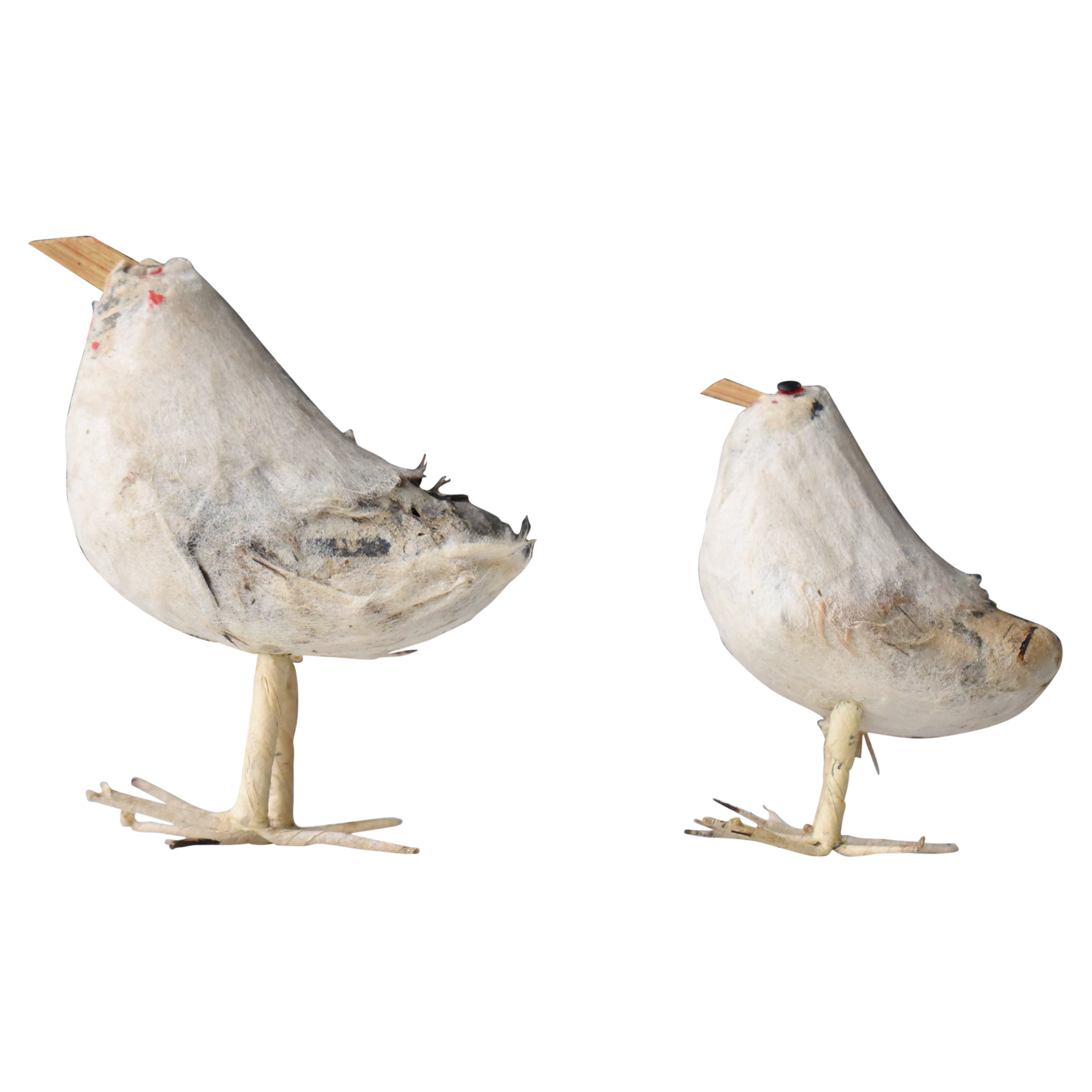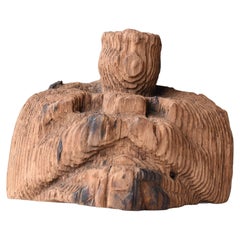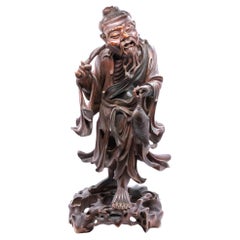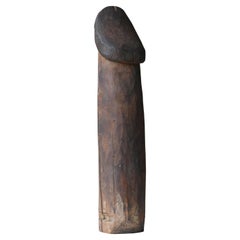
Japanese Antique Wood Carving Huge Penis 1800s-1860s / Figurine Object Wabi Sabi
View Similar Items
Want more images or videos?
Request additional images or videos from the seller
1 of 17
Japanese Antique Wood Carving Huge Penis 1800s-1860s / Figurine Object Wabi Sabi
About the Item
About the Seller
5.0
Platinum Seller
These expertly vetted sellers are 1stDibs' most experienced sellers and are rated highest by our customers.
Established in 2015
1stDibs seller since 2020
1,108 sales on 1stDibs
Typical response time: 3 hours
More From This SellerView All
- Japanese Antique Wood Carving Heavenly God 1800s-1860s / Figurine Wabi SabiLocated in Sammu-shi, ChibaThis is a very old Japanese wood carving of a god. It is called "Tenjin. Tenjin" is a general term for "a god who lives in heaven. This wood carving dates from the Edo period (1...Category
Antique Late 19th Century Japanese Edo Sculptures and Carvings
MaterialsCedar
- Japanese Antique Wood Carving Buddha 1700s-1800s / Figurine Object Wabi SabiLocated in Sammu-shi, ChibaThis is a very old Japanese wooden Buddha. It is a wood carving from the Edo period (1700s-1800s). It appears to be carved out of cedar wood. It is indescribably beautiful with dust...Category
Antique Late 18th Century Japanese Edo Sculptures and Carvings
MaterialsCedar
- Japanese Antique Wood Carving Monkey 1860s-1900s / Figurine Sculpture Wabi SabiLocated in Sammu-shi, ChibaThis is a very old Japanese wood carving of a monkey. It is a wood carving from the Meiji period (1860s-1900s). It appears to be carved from cedar wood. "Monkey holding a peach" Pea...Category
Mid-20th Century Japanese Meiji Sculptures and Carvings
MaterialsCedar
- Japanese Antique Wood Carving Elephant 1860s-1920s / Wabi Sabi Sculpture ObjectLocated in Sammu-shi, ChibaThis is a very old Japanese elephant wood carving. This wood carving dates from the Meiji period (1860s-1920s). We estimate the material to be cedar w...Category
Early 20th Century Japanese Meiji Sculptures and Carvings
MaterialsCedar
- Japanese Antique Wood Carving Large Horse 1800s-1860s / Sculpture WabisabiLocated in Sammu-shi, ChibaVery old Japanese large wooden carving of a horse. It dates from the Edo period (1800s-1860s). It is made of cedar wood. In Japan, there is ...Category
Antique Late 19th Century Japanese Edo Sculptures and Carvings
MaterialsCedar
- Japanese Antique Huge Wooden Bowl 1800s-1860s / Wabi Sabi Object MingeiLocated in Sammu-shi, ChibaThis is a very old Japanese wooden manger. It is from the Edo period (1800s-1860s). The material is cedar wood. This manger is made only in some areas in the Tohoku region of Japan. ...Category
Antique Late 19th Century Japanese Edo More Asian Art, Objects and Furni...
MaterialsCedar
You May Also Like
- Monumental Japanese Bas Relief Carving on Natural Wood SlabLocated in Vero Beach, FLMonumental Japanese bas relief carving on natural wood slab Palatial sized Japanese wood carving from the Meiji Period (1868-1912). This stunning sc...Category
Antique Late 19th Century Japanese Japonisme Sculptures and Carvings
MaterialsWood, Lacquer
$5,750 Sale Price50% Off - Japan 1890 Meiji Period Ebisu Sculpture in Wood Carving of an Old FishermanLocated in Miami, FLAn extremely well detailed wood carving of Ebisu, as a fisherman. Beautiful and well detailed sculpture, created in Japan during the Meiji dynastic period (1868-1912) back in the 1890's. This piece represent the god of good fortune Ebisu. Was exceptionally carved and executed from one solid single piece of rose wood, showing a gorgeous face expression, with intricate details in the hands and feets, he's carrying as usual a rod and a fish. Ebisu (yebisu), ???, god of fortune, the ocean and fisherman. In the japanese mythology is one of the seven gods of luck, sichi-fuku-jin, the patron of the fisherman and tradesmen. he is depicted as a bearded, smiling fisherman with formal long court ropes, often carrying a rod in one hand and a tai, symbolic fish of the good luck, in the other. The height is 14.25 inches (36.20 cm) and the base measurements is 6.5 by 6.45 inches (16.5 x 16.38 cm). Meiji period, is an era of Japanese history that extended from October 23, 1868 to July 30, 1912.The Meiji era was the first half of the Empire of Japan, when the Japanese people moved from being an isolated feudal society at risk of colonization by Western powers to the new paradigm of a modern, industrialized nation state and emergent great power, influenced by Western scientific, technological, philosophical, political, legal, and aesthetic ideas. As a result of such wholesale adoption of radically different ideas, the changes to Japan were profound, and affected its social structure, internal politics, economy, military, and foreign...Category
Antique 1890s Japanese Meiji Sculptures and Carvings
MaterialsWood
- Japanese Lion Gion Festival Dance Mask, Lacquered Wood, Late Edo periodLocated in Point Richmond, CAJapanese Lion Gion Festival Dance Mask, Lacquered wood, Late Edo period This lion mask can be found at the head of a float in the Gion festival. It is...Category
Antique 19th Century Japanese Edo Sculptures and Carvings
MaterialsWood
- Japanese Edo Period Carved and Painted Wood PlaqueLocated in New York, NYJapanese Edo period carved and hand painted wood plaque for a Buddhist temple interior, with lotus blossoms, a crane and lotus leaf shelves to disp...Category
Antique 1850s Japanese Edo Sculptures and Carvings
MaterialsWood
- Japanese Huge 18 Inch Antique Temple Shinto Prayer Bell, Genuine Historical ItemLocated in South Burlington, VTHistorical Bell- Immediately Useable First ever to be offered A genuine temple used de-accession 96 inch prayer bell with original wooden handled rope from a shrine in Nakamura Ward, Nagoya, Japan An extraordinary opportunity to acquire, collect, use and display the largest scale 18” temple bell of this kind we have ever seen in private hands- including its original wood and hemp rope pull- a Japanese authentic hand cast copper Shinto Suzu bell. The auspicious temple shrine from which this bell comes, was founded in 1156 to honor Ojintenno, who was the 15th emperor of Japan. It was commissioned in part by Minamoto no Tametomo, who was a famous Samurai, who is known as possibly being the first samurai to commit Seppuku. Its big 18" high and 12" diameter bell including a massive hand carved wooden pull handle measuring 17 inches in length shows patina from great age, dates to the late 19th century, and was formerly rung outside a Nagoya Temple great hall where it was enjoyed by members of Japan's local Shinto communities. This bell was authentically rung at this temple shrine. We will include the original 96 inch rope pull with massive 17 inch long hand carved wooden handle. In total, this is an extraordinary copper bell which includes its rare original wood and hemp rope pull. Important: Please view the actual insitu photograph of this amazing relic before it was deaccessioned. This huge old bell dates to the late 19th century period, displays an impressive patina from age, and sounds impressive. It's lower half portion has been purposely hand-hammered by design to improve its sound- this is not damage. The Suzu Shinto bell...Category
Antique 1890s Japanese Meiji Sculptures and Carvings
MaterialsCopper
$1,440 Sale Price40% Off - Japanese Edo Carved Wood Fox Mask with Articulated JawLocated in New York, NYJapanese Edo period carved wood theatrical animal mask of a fox, with articulated jaw. The piece has a detailed expressive face and was carved d...Category
Antique 18th Century Japanese Edo Sculptures and Carvings
MaterialsWood
Recently Viewed
View AllMore Ways To Browse
Antique Carving
Antique Carvings
Antique Furniture Carvings
Antique Furniture Carving
Wood 1800s
Japanese Sabi
Huge Wood
Used Cedar Wood
Antique Cedar Furniture
Cedar Antique Furniture
Antique Asian Wood Sculpture
Japanese Wabi Sabi Wood
Japanese Antiques Carved Wood
Huge Carved
Carved Wood 19th Century Japanese
Japan Antique Wood Sculpture
Japan Shrine
Japanese Shrine

